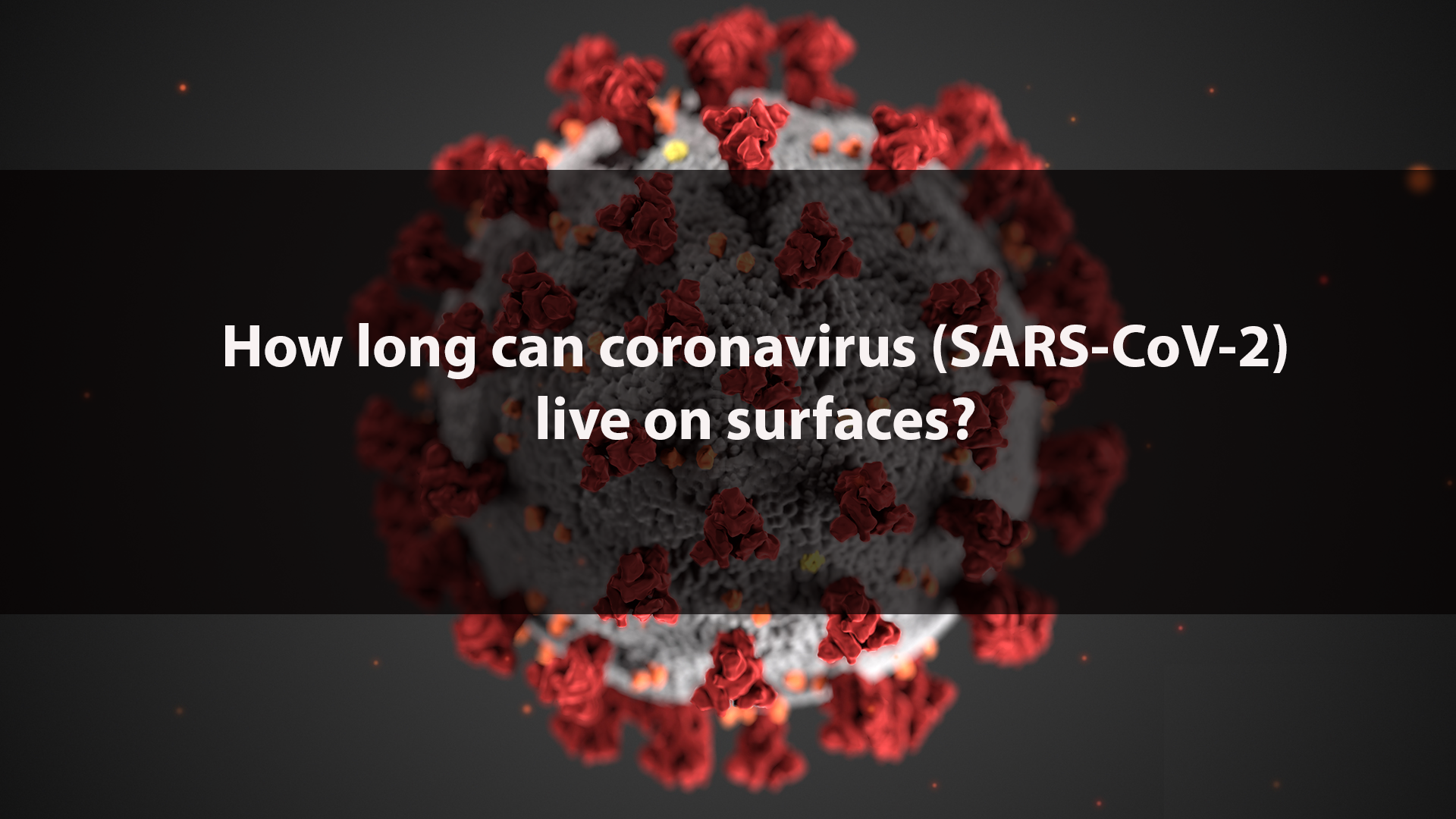With the recent outbreak of corona virus, which causes the disease COVID19, in the United State and other countries, proper cleaning and sanitation is paramount. It is well known that this virus can be spread by touching contaminated surfaces. Many non-essential businesses are closing along with schools and other facilities. But, businesses who’s clients are not put at risk or must remain open need to take the appropriate precautions necessary to clean surfaces of the potentially infectious virus.
Surfaces that can house bacteria or viruses that can cause illness are known as fomites. These fomites can be on high-contact surface areas such as doorknobs, handles, keyboards, PIN pads, windows, counters, and other surfaces. Regular and frequent cleaning and disinfection of these surfaces can help to limit the spread of the coronavirus that causes the COVID-19 illness.
The first thing that we need to understand is how long can the virus live on a surface outside of the human body. A recent study titled, “Aerosol and surface stability of HCoV-19 (SARS-CoV-2) compared to SARS-CoV-1”, carried out by doctors at the National Institute of Health, Princeton University, the University of California Los Angeles, and other prestigious research organizations, sought to identify surface types and coronavirus’ (SARS-CoV-2) longevity on those surfaces.
How to read the above chart:
When the red line reaches the bottom of the chart detectable levels of live virus are no longer present The bar on the left (liter (TCID50/mL media)) shows the number of active virus organisms that were recovered from the surface tested. The bottom bar shows the number of hours between application of the virus and the testing. The red line depicts the decrease in live virus on the tested surface over time.
SARS-CoV-2 Surface Longevity Explained:
Stainless Steel and Plastics
The virus that causes COVID19 was found to be most stable on stainless steel and plastic surfaces, the virus was still able to be detected in small quantities after 72 hours. This confirms that under some situations the coronavirus that caused COVID19 can survive on surfaces and possible be transmitted after 3 days.
Copper
For thousands of years, copper has been an integral component of tools, jewelry, and other items across the world. Copper possess traits such as malleability (the ease of hammering and shaping), electrical conductivity, heat conductivity, and beauty. Copper also has very strong antimicrobial properties. The novel corona virus was tested on copper surfaces, and found to survive for approximately 4 hours. This is a much lower time of survival than on stainless steel and plastic.
Cardboard
The final medium that was tested for surface viral survival was cardboard. The results show that the virus may be able to survive for up to 48 hours on cardboard surfaces. This information regarding cardboard may help people plan and determine how to deal with packages, shipments, and other boxed items.
How can you know if a surface has been cleaned of coronavirus (SARS-CoV-2)?
While there are no commercially available test methods that can accurately measure the presence of live virus at this time, you can test surfaces to ensure that they have been cleaned as recommended. These surface test kits allow a building operator to measure the load of other organisms on a surface that would suggest the possible presence of live COVID19 virus. This test is known as a surrogate screening that measures for human respiratory organisms.
Contact Hawk Environmental Services if you’re interested in our SURROGATE Coronavirus Surface Bacteria Test Kits.
Comments are closed.


